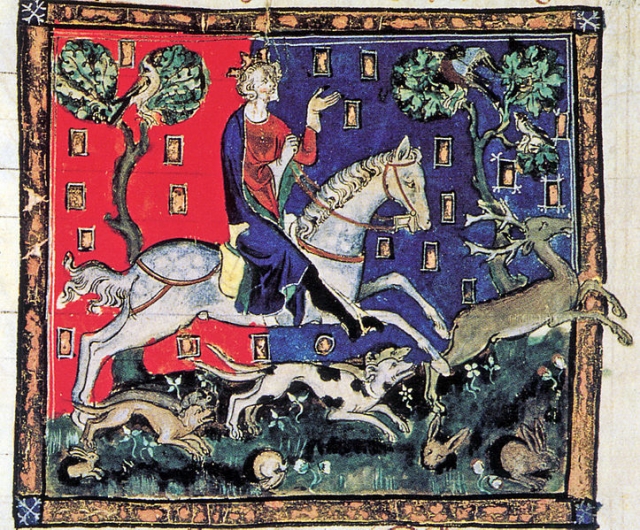The making of Magna Carta
Historian article

Magna Carta provided a commentary on the ills of the realm in the time of King John. Sophie Ambler looks at what grievances were addressed in the Charter, how the Charter was made, and what the Charter tells us about King John himself.
The world from which Magna Carta came - the world of ‘bad' King John - is familiar to many from adaptations of the Robin Hood ballads. Here, the backdrop to the Charter is a straightforward struggle of good against evil, with the king cast as the villain. Demanding equity and fairplay, the outlaw seems to symbolise Magna Carta's values (a connection made explicit in Ridley Scott's 2010 film, which has Robin Hood leading the rebellion against John). This is a story, in short, about the heroic defence of freedom and justice against tyranny. Like all legends, it has some basis in fact. King John was a tyrant, capable of acts of extraordinary brutality. It is likely, for instance, that he murdered his nephew, who challenged his claim to the throne. But unlike the next Plantagenet king to be accused of this crime, John has not in recent times won a host of supporters committed to restoring...
This resource is FREE to all registered users of the website
If you are not already registered you can sign up for FREE Basic Website Access or Join the HA to access this content.

